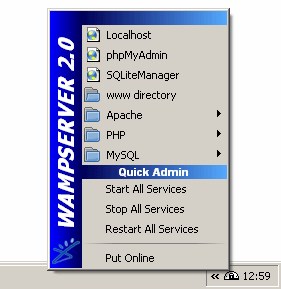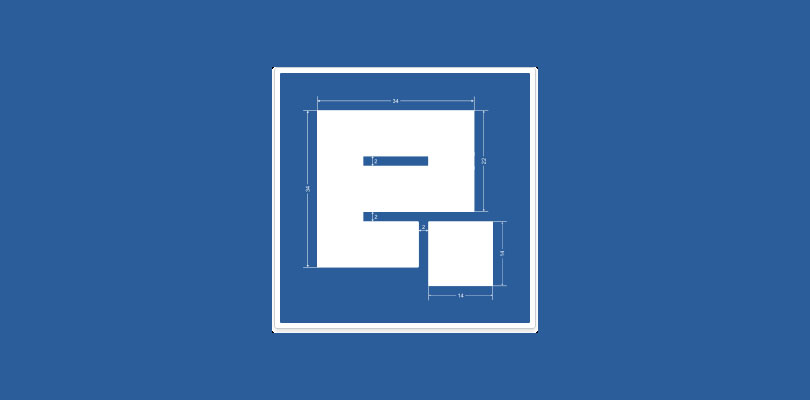
Luckily, WAMP pre-configures PHP with Apache for us. This means if you install and configure PHP correctly with Apache, then a request that an Apache server receives can trigger a PHP file to be run, and then Apache will send the output (usually HTML), back to the browser. The PHP program integrates nicely with Apache. PHP: PHP is the program that can run PHP code. MySQL: MySQL is a database management system. Apache however, does not compile and execute PHP by itself, for that, we need something more (see PHP section later) In technical terms, it receives these requests using the HTTP protocol and can respond by sending the browser back HTML, CSS, text, or a file (or anything else you want it to really). In simple terms, it is a program that can receive requests from a web browser, and respond with data. Apache is the backbone of much of the internet. If you were writing and executing your PHP on Linux you would download LAMP (L for Linux) instead of WAMP.Īpache: Apache HTTP Server. Windows: Refers to the fact that the all the software is for Windows. "WAMP" stands for Windows Apache MySQL PHP. WAMP isn't really a single program, but rather it is a package of programs. To help with this, one can make use of WAMP Aside: What is WAMP?

Web browsers know exactly what to do with HTML. Download it from here and install it.īecause web browsers do not understand PHP, any website written in PHP needs to be hosted on a server that runs some software that will execute the your PHP code to generate HTML. For this, a good powerful and free editor is Visual Studio Code. You can use any text editor, but having one that understands PHP and other web-based languages is handy. You will need an editor to write your PHP code, and you will need some software to run that code so that you can display your website.

Getting started with PHP is easy once you have a few tools installed and running on your machine.


 0 kommentar(er)
0 kommentar(er)
